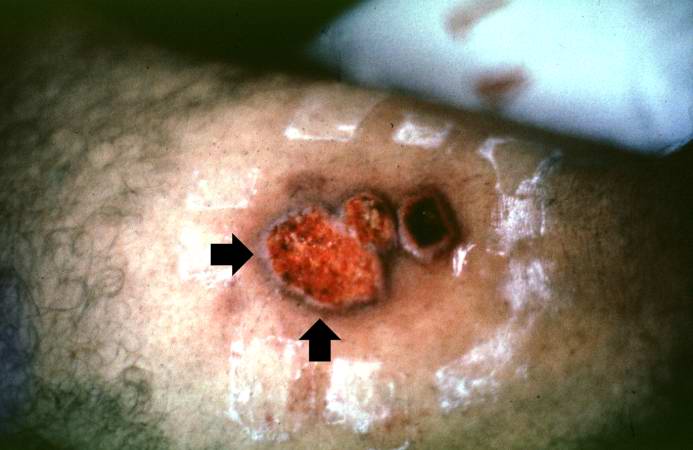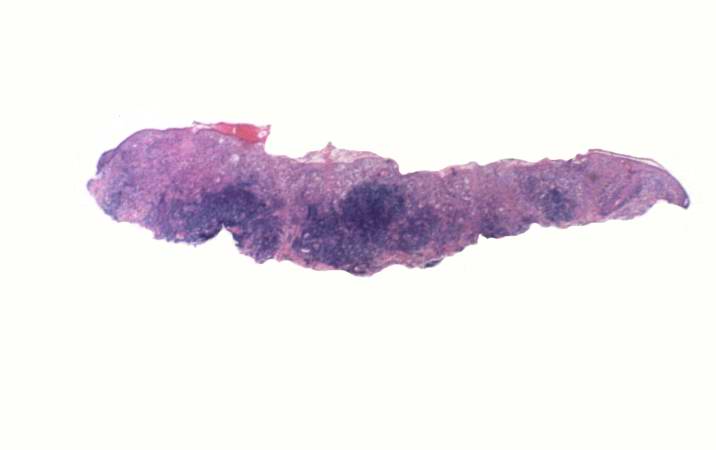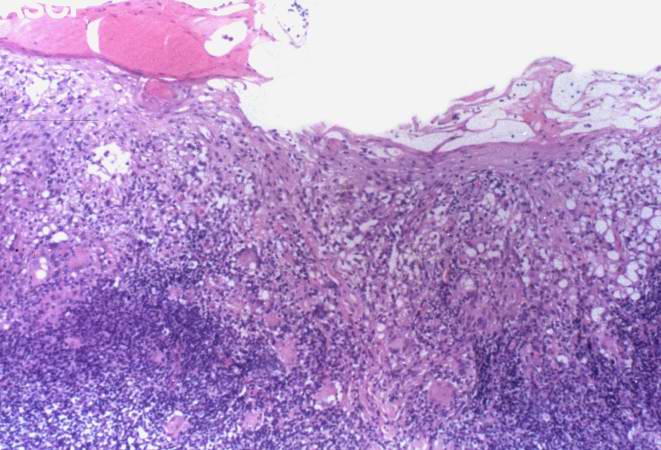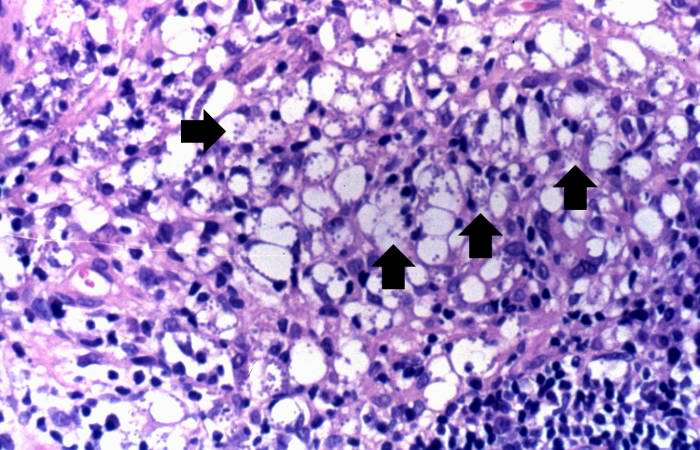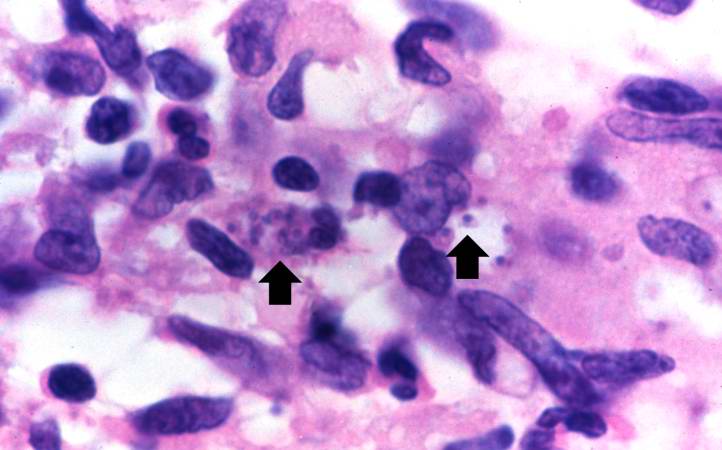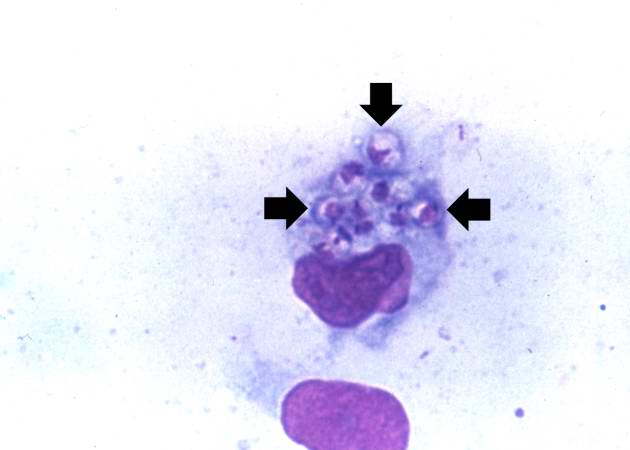Leishmaniasis case study one
|
Leishmaniasis Microchapters |
|
Diagnosis |
|---|
|
Treatment |
|
Case Studies |
|
Leishmaniasis case study one On the Web |
|
American Roentgen Ray Society Images of Leishmaniasis case study one |
|
Risk calculators and risk factors for Leishmaniasis case study one |
Editor-In-Chief: C. Michael Gibson, M.S., M.D. [1]
Case #1
Clinical Summary
This 28-year-old white male presented to the dermatology clinic complaining of sores on his arms. On examination, two lesions measuring 0.7 to 1.5 cm in diameter were present on his right arm. These lesions showed central ulceration and a raised, indurated margin surrounding the ulcer. The lesions had developed over approximately one month. The patient had applied topical antibiotics, which had no effect. The patient had recently returned from a World Wildlife Fund study site in the Amazon region of Brazil, where he had been conducting field research in the rain forest. A biopsy was taken from the raised edge of one of the ulcers.
Histopathological Findings
